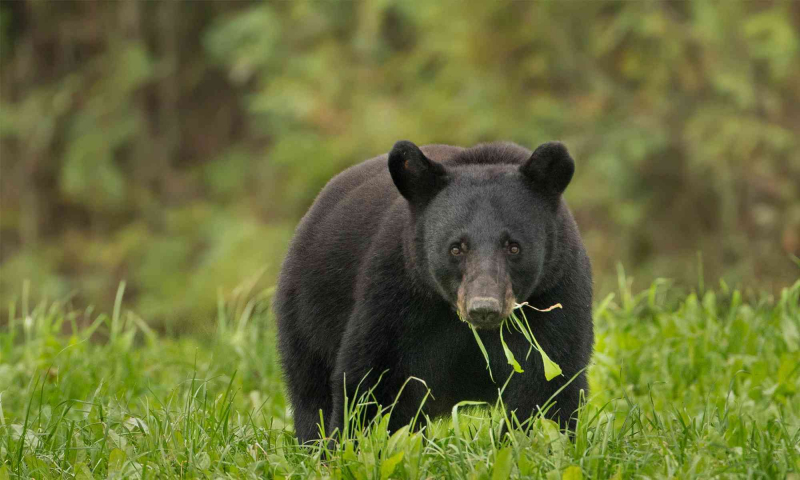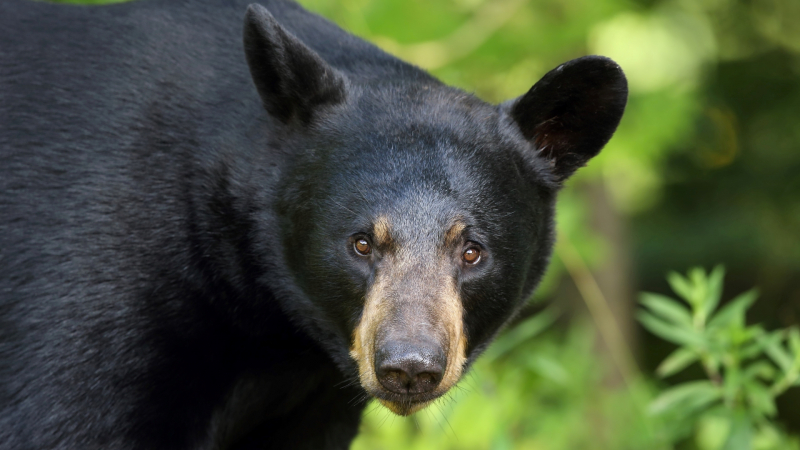American black bear
The next position on the list of the most dangerous animal in California is the American black bear, often known as the black bear, which is native to North America. It is the smallest and most prevalent species of bear on the continent. American black bears are omnivores, and the seasons and places they live in have a big impact on what they eat. They frequently inhabit forested locations, although they will venture out in quest of food. On occasion, they are drawn to populated areas because of the easy access to food. Some subspecies, despite their name, can be brown or even blonde in color.
The only remaining bear species in California is the American black bear (Ursus americanus). As early as 1922, the large-sized California grizzly bear - also known as the "Golden State grizzly"- was driven to extinction. The state animal of California is still the grizzly subspecies, though.
The extinction of the California grizzly opened up more territory for the black bear. Contrary to what their name might imply, these bears are actually brownish black in hue. American black bears are among the most hazardous creatures in California while being less violent than grizzlies. They can be deadly and attack humans in search of food or to defend their young.
The California black bear, a particular subspecies native to California, can be found in shrublands and rain forests all over the state.










